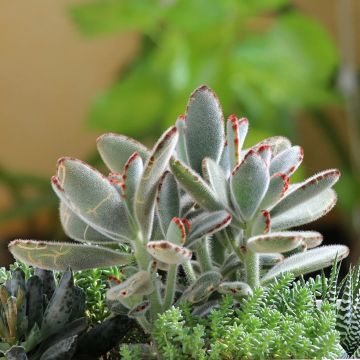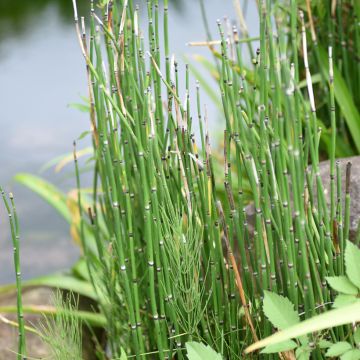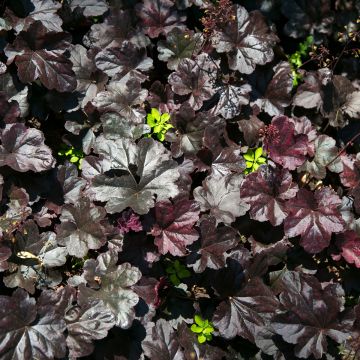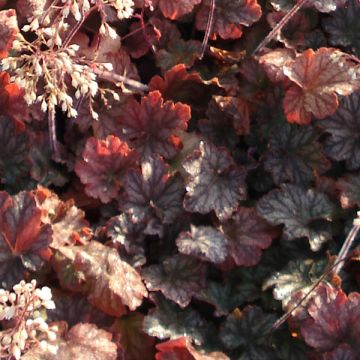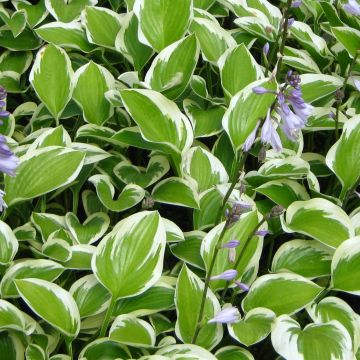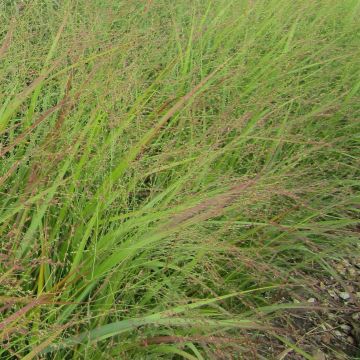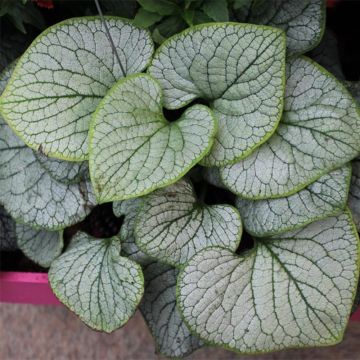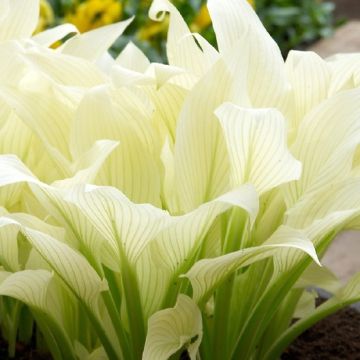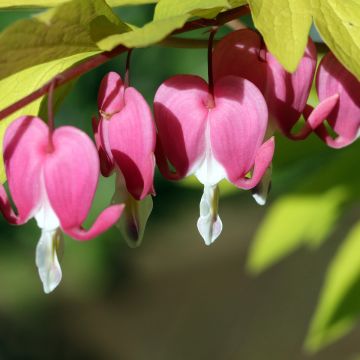Shipping country and language
Your country of residence may be:
Your country of residence is:
For a better user experience on our website, you can select:
Your shipping country:
-
Andorra
-
Austria
-
Belgium
-
Bulgaria
-
Canada
-
Chile
-
Croatia
-
Cyprus
-
Czechia
-
Denmark
-
Estonia
-
Finland
-
France
-
Germany
-
Greece
-
Hungary
-
Iceland
-
Ireland
-
Italy
-
Latvia
-
Lithuania
-
Luxembourg
-
Malta
-
Monaco
-
Netherlands
-
Poland
-
Portugal
-
Romania
-
Slovakia
-
Slovenia
-
Spain
-
Sweden
-
Switzerland
-
United Kingdom
We only deliver seed and bulb products to your country. If you add other products to your basket, they cannot be shipped.
Language:
-
French
-
German
-
Spanish
-
English
-
Italian
My Account
Hello
My wish lists
Log in / Register
Existing customer?
New customer?
Create an account to track your orders, access our customer service and, if you wish, make the most of our upcoming offers.
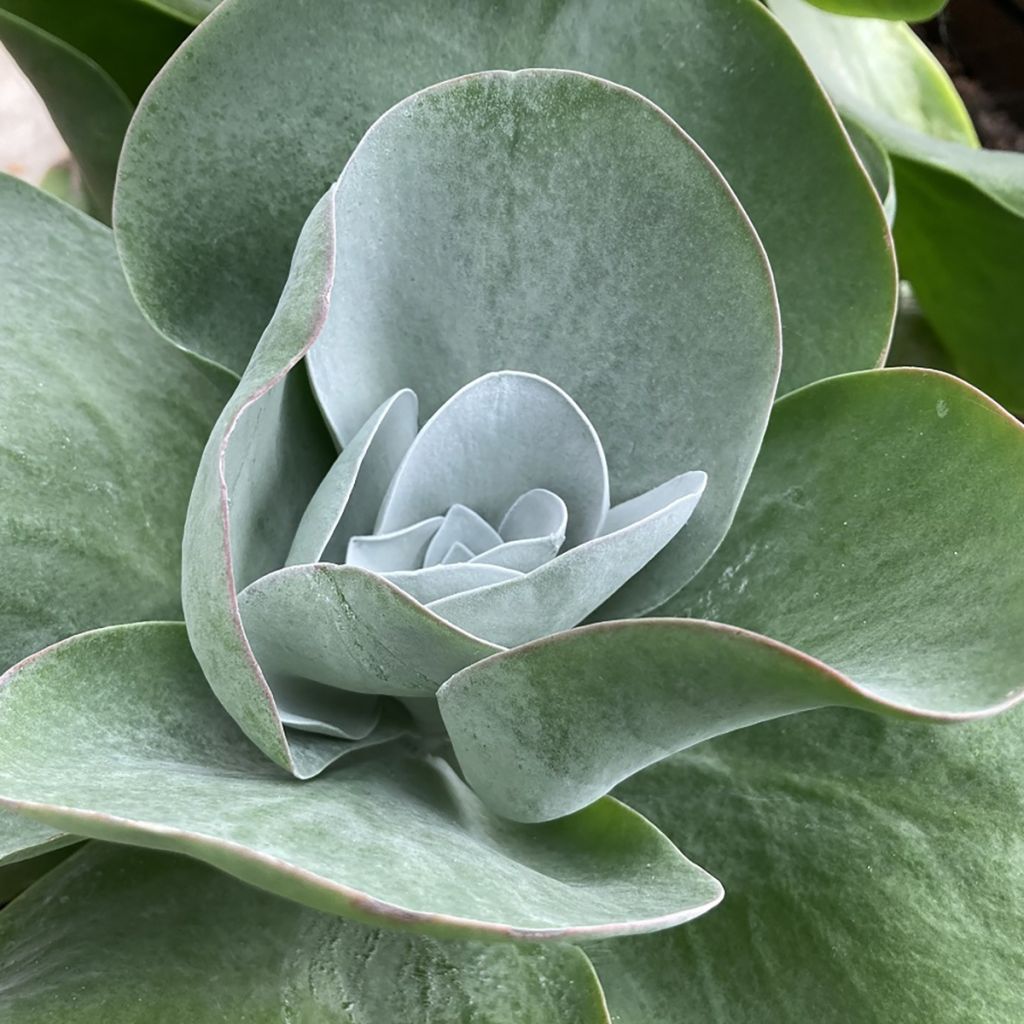

Kalanchoe thyrsiflora Bronze Sculpture - Kalanchoé à fleurs en thyrse
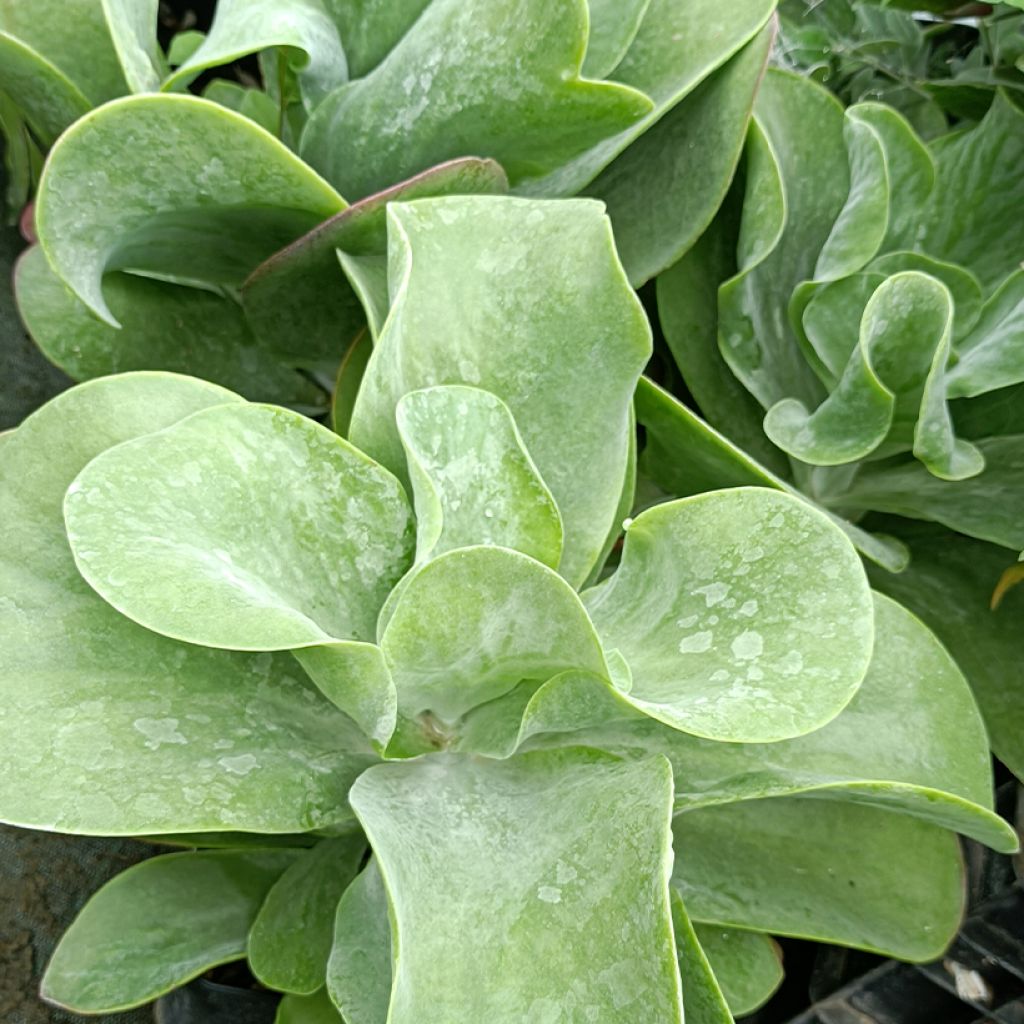

Kalanchoe thyrsiflora Bronze Sculpture - Kalanchoé à fleurs en thyrse
Kalanchoe thyrsiflora Bronze Sculpture
Kalanchoe thyrsiflora Bronze Sculpture
Paddle Plant, Flapjacks
Very beautiful succulent plant, much larger than I expected (30cm (12in) tall, without the pot), arrived in perfect condition, very well wrapped and fast shipping. In short, a superb order!
Martine, 06/12/2022
Order in the next for dispatch today!
Dispatch by letter from €3.90.
Delivery charge from €5.90 Oversize package delivery charge from €6.90.
More information
This item is not available in your country.
Schedule delivery date,
and select date in basket
This plant carries a 12 months recovery warranty
More information
We guarantee the quality of our plants for a full growing cycle, and will replace at our expense any plant that fails to recover under normal climatic and planting conditions.
From €5.90 for pickup delivery and €6.90 for home delivery
Express home delivery from €8.90.
Does this plant fit my garden?
Set up your Plantfit profile →
Description
Kalanchoe thyrsiflora 'Bronze Sculpture' is a variety of flowering kalanchoe with particularly colourful thyrsus flowers in summer. Its large succulent leaves change colour throughout the seasons, turning silver-white with a bronze to red edge in summer. In early spring, the plant produces an upright inflorescence resembling a sceptre, adorned with small pleasantly scented yellow flowers. Like most kalanchoes, it is a frost-tender perennial plant that can be grown in a pot and stored indoors during winter, in a lightly heated greenhouse or conservatory. In very mild climates, it makes for a unique, highly sculptural, and low-maintenance rock garden plant.
Kalanchoe thyrsiflora 'Bronze Sculpture' belongs to the Crassulaceae family. It is a cultivar derived from the flowering Kalanchoe thyrsus, a succulent plant in rosettes native to South Africa. With fairly rapid growth, this variety forms a clump that will not exceed 50 to 60cm (20 to 24in) in all directions. It is a semelparous perennial plant, meaning that it dies after flowering, within 2 to 4 years. However, it produces suckers at the base of the trunk to ensure its perpetuation. Its large, rounded, and flattened leaves, reaching 15cm (6in) in length, are paired and fused at the base on a fleshy and very short trunk. Depending on the heat and intensity of the sun, they unfold or press against the trunk. The leaf blades, which are glaucous green in colour, are actually a tender green shade but are covered with a silvery bloom. Under the effect of summer sun, their edges turn red then bronze, while the centre becomes silver. Flowering takes place in March-April and may occur a second time in July. A tall floral stem emerges from the mature rosette. This stem can exceed 1.2m (4ft) in height. The inflorescence appears at the tip of the stem, forming a cluster of cymes called a thyrsus. It is composed of numerous small tubular yellow flowers, 1 to 2cm (1in) long. The flowers are pleasantly scented.
Kalanchoe 'Bronze Sculpture' will delight lovers of succulent plants and other cacti. It will find its place in a collection of succulents that can be placed on a patio after the last frost, and then brought indoors in late September to a bright but lightly heated room, between 4 to 15°C (39.2 to 59°F). In a coastal garden where frost is very rare, you can plant it in a sunny rock garden with sedums, agaves, and delosperma, for example.
Report an error about the product description
Flowering
Foliage
Plant habit
Botanical data
Kalanchoe
thyrsiflora
Bronze Sculpture
Crassulaceae
Paddle Plant, Flapjacks
Cultivar or hybrid
Other Kalanchoe
Planting and care
'Bronze Sculpture' is an easy-to-grow plant, but it is sensitive to cold. It cannot withstand temperatures below -5°C (23°F). It is most often cultivated in a pot, in a well-draining mixture composed of 1/3 clay garden soil, 1/3 leaf compost, and 1/3 coarse sand. Planting should be done from April to August. Water once a week or every two weeks when the temperature exceeds 20°C (68°F). Between each watering, the growing substrate should dry out completely.
Its colours will be more intense if the plant benefits from sunlight. In full sun, the plant is very compact and its leaves turn red. If it lacks light, it becomes etiolated, its leaves are less thick, and they remain green.
In winter: keep the plant in a bright room with temperatures ranging from 4 to 15°C (39.2 to 59°F) and greatly reduce watering (no more than once a month). Lightly moisten the growing substrate if the leaves appear too wilted.
Planting period
Intended location
Care
-
, onOrder confirmed
Reply from on Promesse de fleurs
Coloured foliage perennials
Haven't found what you were looking for?
Hardiness is the lowest winter temperature a plant can endure without suffering serious damage or even dying. However, hardiness is affected by location (a sheltered area, such as a patio), protection (winter cover) and soil type (hardiness is improved by well-drained soil).

Photo Sharing Terms & Conditions
In order to encourage gardeners to interact and share their experiences, Promesse de fleurs offers various media enabling content to be uploaded onto its Site - in particular via the ‘Photo sharing’ module.
The User agrees to refrain from:
- Posting any content that is illegal, prejudicial, insulting, racist, inciteful to hatred, revisionist, contrary to public decency, that infringes on privacy or on the privacy rights of third parties, in particular the publicity rights of persons and goods, intellectual property rights, or the right to privacy.
- Submitting content on behalf of a third party;
- Impersonate the identity of a third party and/or publish any personal information about a third party;
In general, the User undertakes to refrain from any unethical behaviour.
All Content (in particular text, comments, files, images, photos, videos, creative works, etc.), which may be subject to property or intellectual property rights, image or other private rights, shall remain the property of the User, subject to the limited rights granted by the terms of the licence granted by Promesse de fleurs as stated below. Users are at liberty to publish or not to publish such Content on the Site, notably via the ‘Photo Sharing’ facility, and accept that this Content shall be made public and freely accessible, notably on the Internet.
Users further acknowledge, undertake to have ,and guarantee that they hold all necessary rights and permissions to publish such material on the Site, in particular with regard to the legislation in force pertaining to any privacy, property, intellectual property, image, or contractual rights, or rights of any other nature. By publishing such Content on the Site, Users acknowledge accepting full liability as publishers of the Content within the meaning of the law, and grant Promesse de fleurs, free of charge, an inclusive, worldwide licence for the said Content for the entire duration of its publication, including all reproduction, representation, up/downloading, displaying, performing, transmission, and storage rights.
Users also grant permission for their name to be linked to the Content and accept that this link may not always be made available.
By engaging in posting material, Users consent to their Content becoming automatically accessible on the Internet, in particular on other sites and/or blogs and/or web pages of the Promesse de fleurs site, including in particular social pages and the Promesse de fleurs catalogue.
Users may secure the removal of entrusted content free of charge by issuing a simple request via our contact form.
The flowering period indicated on our website applies to countries and regions located in USDA zone 8 (France, the United Kingdom, Ireland, the Netherlands, etc.)
It will vary according to where you live:
- In zones 9 to 10 (Italy, Spain, Greece, etc.), flowering will occur about 2 to 4 weeks earlier.
- In zones 6 to 7 (Germany, Poland, Slovenia, and lower mountainous regions), flowering will be delayed by 2 to 3 weeks.
- In zone 5 (Central Europe, Scandinavia), blooming will be delayed by 3 to 5 weeks.
In temperate climates, pruning of spring-flowering shrubs (forsythia, spireas, etc.) should be done just after flowering.
Pruning of summer-flowering shrubs (Indian Lilac, Perovskia, etc.) can be done in winter or spring.
In cold regions as well as with frost-sensitive plants, avoid pruning too early when severe frosts may still occur.
The planting period indicated on our website applies to countries and regions located in USDA zone 8 (France, United Kingdom, Ireland, Netherlands).
It will vary according to where you live:
- In Mediterranean zones (Marseille, Madrid, Milan, etc.), autumn and winter are the best planting periods.
- In continental zones (Strasbourg, Munich, Vienna, etc.), delay planting by 2 to 3 weeks in spring and bring it forward by 2 to 4 weeks in autumn.
- In mountainous regions (the Alps, Pyrenees, Carpathians, etc.), it is best to plant in late spring (May-June) or late summer (August-September).
The harvesting period indicated on our website applies to countries and regions in USDA zone 8 (France, England, Ireland, the Netherlands).
In colder areas (Scandinavia, Poland, Austria...) fruit and vegetable harvests are likely to be delayed by 3-4 weeks.
In warmer areas (Italy, Spain, Greece, etc.), harvesting will probably take place earlier, depending on weather conditions.
The sowing periods indicated on our website apply to countries and regions within USDA Zone 8 (France, UK, Ireland, Netherlands).
In colder areas (Scandinavia, Poland, Austria...), delay any outdoor sowing by 3-4 weeks, or sow under glass.
In warmer climes (Italy, Spain, Greece, etc.), bring outdoor sowing forward by a few weeks.
